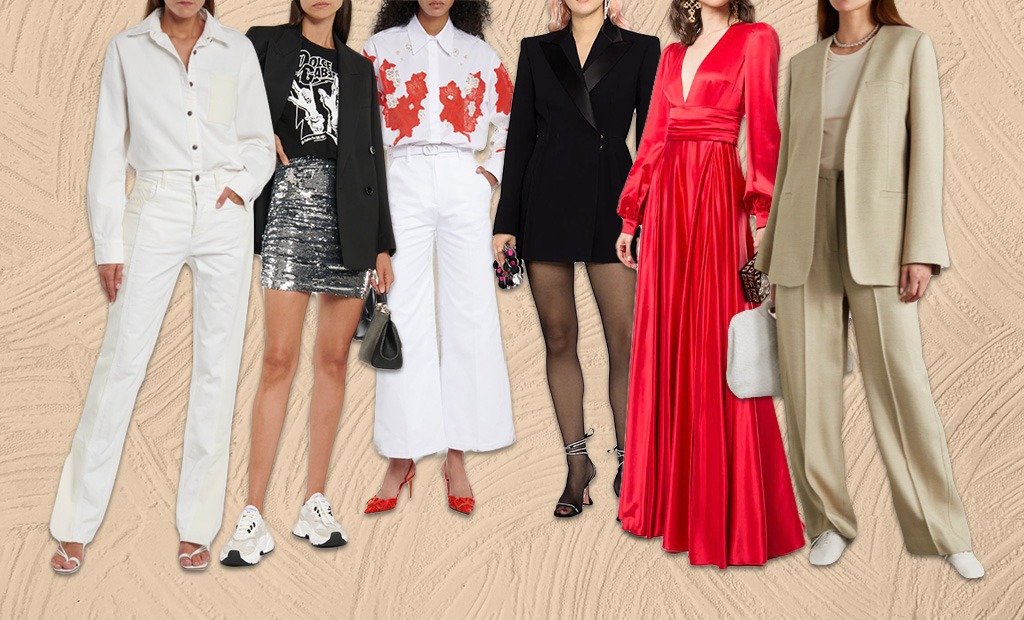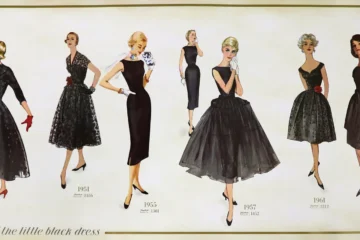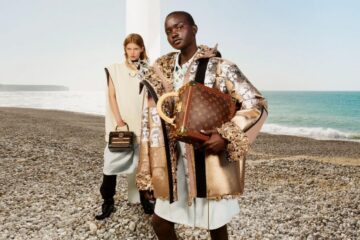Dresses are a versatile and timeless wardrobe staple, each style offering a unique way to express personal fashion and adapt to various occasions. With 2024 bringing new trends and reinvigorated classics, it’s essential to understand the benefits and limitations of each dress type to make informed choices. In this blog, we’ll explore five popular dress styles for 2024, providing detailed reviews and highlighting their pros and cons to help you navigate this year’s fashion landscape.
1. Puff Sleeve Dresses
Puff sleeve dresses are characterized by their voluminous sleeves that gather at the shoulders or wrists. This style adds a touch of drama and elegance, reminiscent of vintage fashion but with a modern twist.
Pros:
- Fashion-Forward: Puff sleeves add a statement-making element to any dress, making it stand out in a crowd and elevating your overall look.
- Flattering Silhouette: The volume of the sleeves can balance out the proportions of the dress, creating a flattering silhouette for various body types.
- Versatile: These dresses can be dressed up for formal occasions or styled more casually, making them adaptable for different events.
Cons:
- Bulkiness: The added volume can sometimes feel bulky or overwhelming, especially for those who prefer a more streamlined look.
- Seasonal Limitations: Puff sleeve dresses might be less practical in very warm weather, as the extra fabric can be hot and cumbersome.
- Styling Challenges: The dramatic sleeves may require careful styling to avoid looking too dated or overly theatrical.
Tips for Wearing Puff Sleeve Dresses:
- Pair with simple accessories to let the sleeves be the focal point of your outfit.
- Choose lighter fabrics for summer and opt for heavier materials for cooler weather.
- Balance the volume of the sleeves with a fitted waist or a high-waisted skirt for a flattering look.
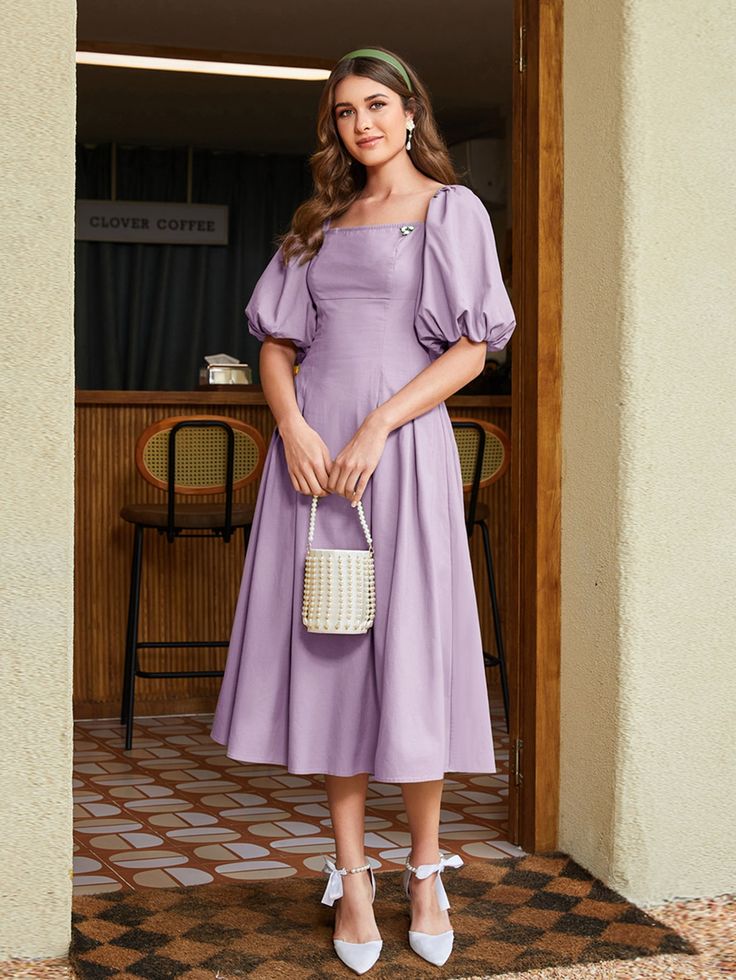
2. Maxi Dresses
Maxi dresses are floor-length garments that offer a flowy and effortless style. They come in various designs, from simple and elegant to bohemian and embellished, making them a versatile choice for many occasions.
Pros:
- Comfort: The loose, flowing fabric provides a high level of comfort and freedom of movement, ideal for relaxed outings or casual events.
- Versatility: Maxi dresses can be dressed up or down, suitable for both daytime and evening wear. They work well with various accessories and footwear.
- Coverage: The long length offers full coverage, making it a great option for those who prefer a modest or more formal appearance.
Cons:
- Length Issues: The floor-length design can be cumbersome for shorter individuals and may require alterations or adjustments to avoid tripping.
- Seasonal Adaptability: Depending on the fabric, maxi dresses may not always be suitable for colder weather unless layered appropriately.
- Less Defined Shape: The loose fit may not highlight the wearer’s figure, which might be less flattering for those who prefer a more tailored silhouette.
Tips for Wearing Maxi Dresses:
- Opt for a belt or cinched waist to define your shape and add structure.
- Choose a fabric appropriate for the season, such as lightweight cotton for summer or heavier materials for fall.
- Pair with heels or wedges to avoid tripping and enhance the flow of the dress.
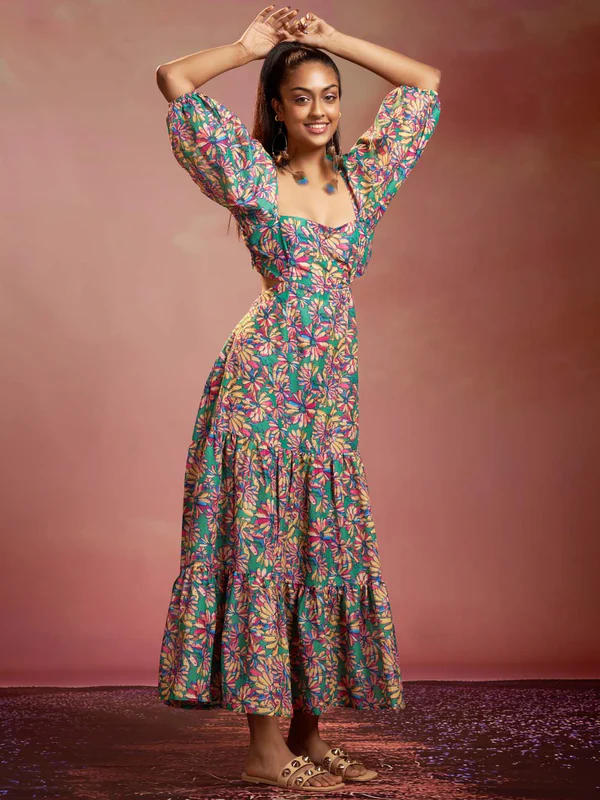
3. Wrap Dresses
Wrap dresses feature a design where the fabric wraps around the body and ties at the waist, creating a customizable and adjustable fit. This style is known for its versatility and flattering silhouette.
Pros:
- Adjustable Fit: The wrap design allows for a customizable fit, accommodating different body shapes and sizes comfortably.
- Flattering Silhouette: The wrap dress emphasizes the waistline and creates an hourglass figure, enhancing body proportions.
- Versatile Styling: Wrap dresses can be dressed up or down, making them suitable for both casual and formal occasions.
Cons:
- Potential Gaping: The wrap style may sometimes cause gaping or reveal too much if not properly adjusted, requiring careful wearing and adjustment.
- Maintenance: Depending on the fabric, wrap dresses may need frequent ironing or steaming to maintain their appearance.
- Limited Coverage: The wrap design may not provide as much coverage as some other dress styles, which might not be suitable for all occasions.
Tips for Wearing Wrap Dresses:
- Secure the wrap with fashion tape or a pin if gaping is a concern.
- Opt for fabrics that hold their shape well to reduce the need for constant maintenance.
- Experiment with layering options, such as blazers or cardigans, to add coverage and style.
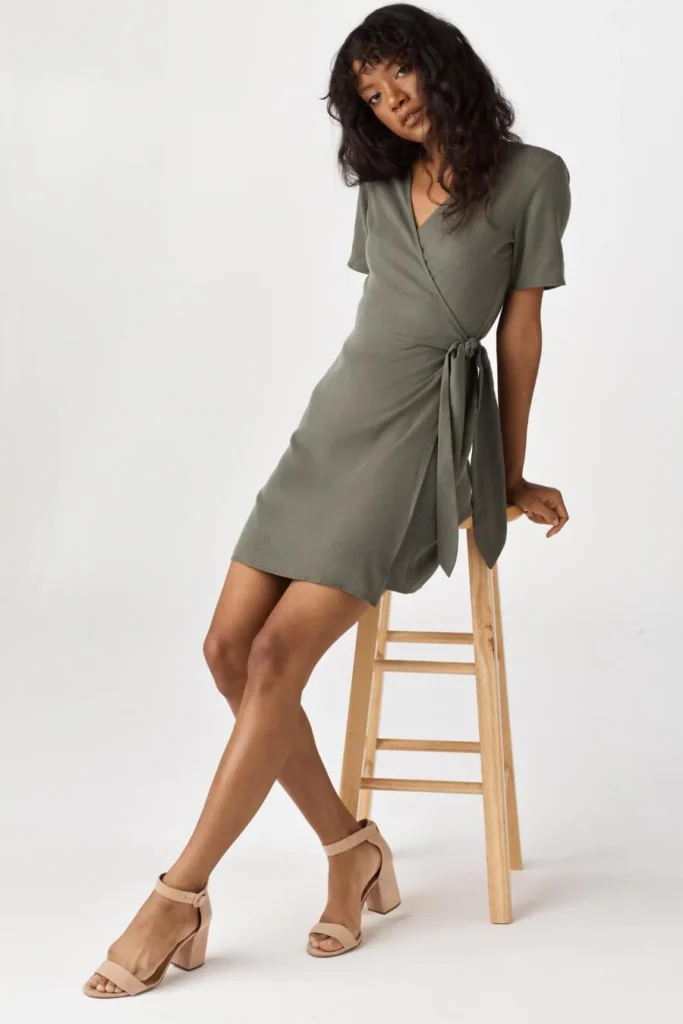
4. Shirt Dresses
Shirt dresses are designed with the structure and features of a button-down shirt but extended into a dress format. They offer a blend of casual and sophisticated elements, making them suitable for various settings.
Pros:
- Smart Casual Look: The shirt dress combines a polished appearance with casual comfort, making it appropriate for both work and social events.
- Versatility: It can be styled in multiple ways, such as belted for a more defined waist or left unbuttoned as a layering piece.
- Easy Maintenance: Generally made from easy-care fabrics like cotton, shirt dresses are often low-maintenance and practical.
Cons:
- Fit Variability: The button-down design might not be universally flattering and can sometimes create fit issues around the bust or waist.
- Limited Formality: While versatile, shirt dresses may not be suitable for very formal occasions where more elegant or structured options are preferred.
- Potential Gaping: As with wrap dresses, the button-down style can cause gaping if not properly fitted or buttoned.
Tips for Wearing Shirt Dresses:
- Use a belt to cinch the waist and add definition if the dress feels too loose.
- Experiment with layering, such as adding a blazer or sweater, for a more polished look.
- Choose fabrics with a bit of stretch to improve fit and comfort.
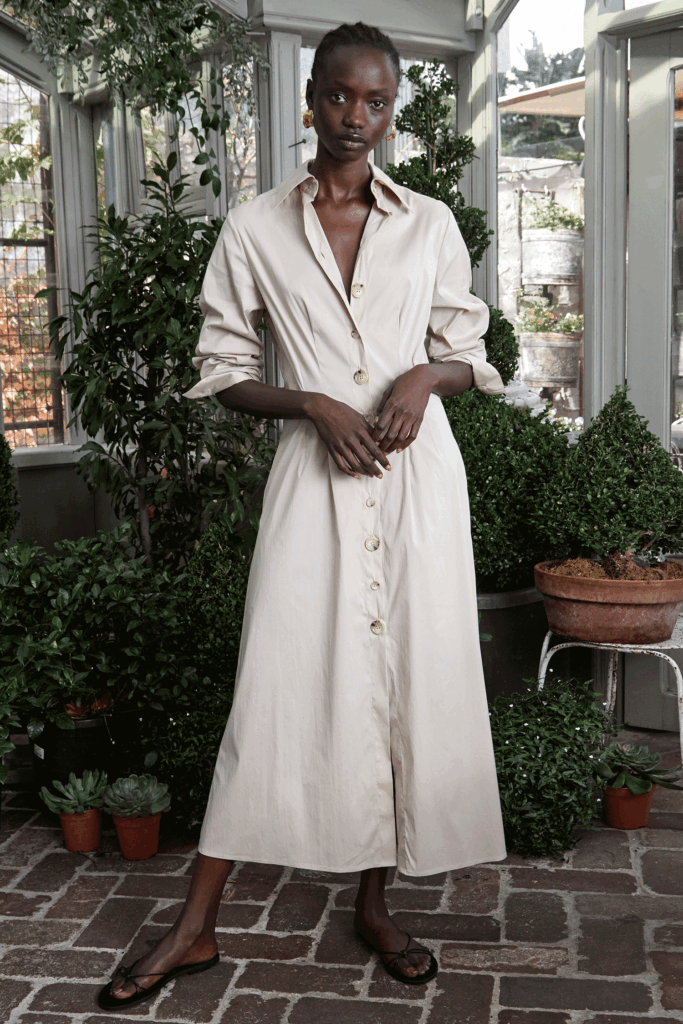
5. Slip Dresses
Slip dresses are characterized by their sleek, minimalist design, often made from silky or satin-like materials. They have a simple, flowing silhouette that exudes understated elegance.
Pros:
- Elegant and Timeless: Slip dresses offer a classic, elegant look that can be dressed up or down depending on the occasion.
- Comfortable Fit: The soft, draping fabric provides a comfortable and relaxed fit, ideal for both casual and dressy events.
- Layering Potential: Slip dresses work well as base layers and can be styled with various accessories, jackets, or sweaters for different looks.
Cons:
- Sheerness: The lightweight fabric can be sheer, requiring careful consideration of undergarments and potentially limiting wearability in certain settings.
- Minimal Structure: The lack of structure may not be flattering for all body types and can sometimes appear too simple or unshaped.
- Seasonal Limitations: Slip dresses may not be suitable for colder weather unless layered or styled with warmer pieces.
Tips for Wearing Slip Dresses:
- Use slip dresses as a base layer for added versatility, such as under a chunky knit sweater or leather jacket.
- Choose a slip with built-in lining or wear appropriate undergarments to address any sheerness.
- Add statement jewelry or accessories to elevate the minimalistic design and enhance your look.
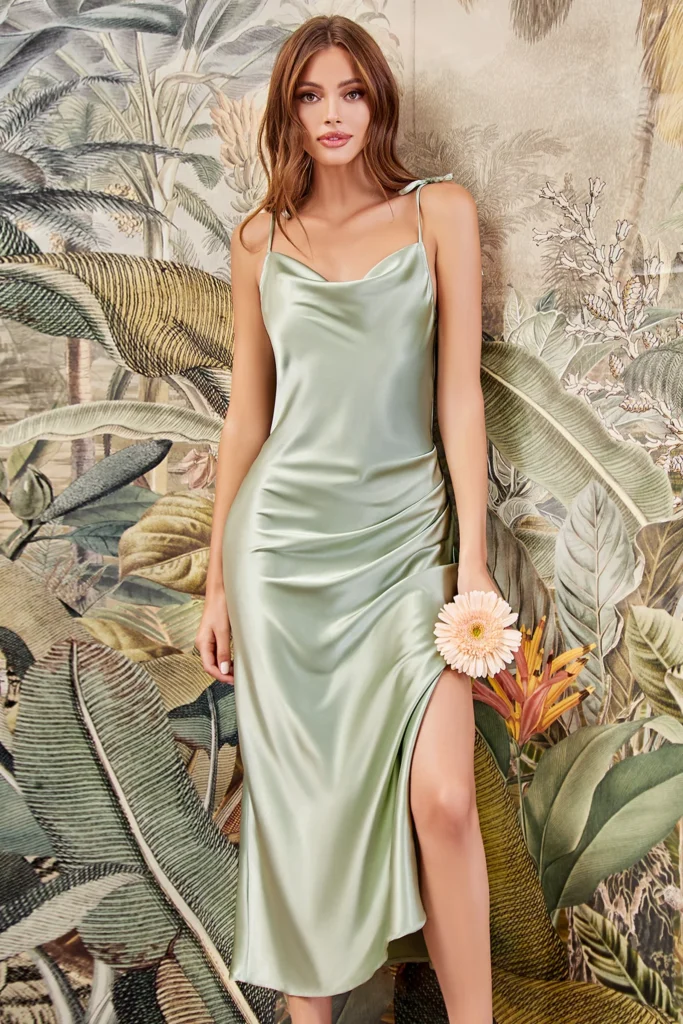
Conclusion
Understanding the different dress styles trending in 2024 helps you make informed decisions about which pieces will best suit your needs and preferences. From the statement-making puff sleeves to the versatile wrap dresses, each style has its own unique advantages and challenges. By considering these pros and cons, you can select dresses that not only align with current trends but also enhance your personal style and accommodate various occasions. Embrace these styles to refresh your wardrobe and confidently navigate the fashion landscape of 2024.

